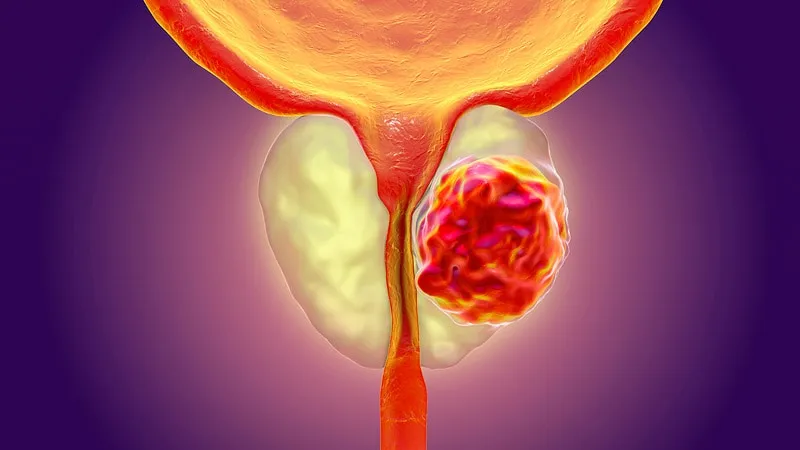
Before prostatitis, you might have moved fast.
You kept busy.
You powered through discomfort.
You took pride in pushing your limits.
You didn’t stop unless something broke.
Then something did break.
And suddenly, your life demanded something unfamiliar — and, at first, unwelcome:
Slowness.
Not laziness. Not weakness. Just… a slower, more intentional rhythm.
And now, after months or years, that rhythm may not feel like a prison anymore — but a choice. A wisdom. A strength.
What Slowness Looks Like in Real Life
Waking without urgency
Pausing before saying “yes”
Stretching instead of sprinting
Breathing before reacting
Working with focus, not frenzy
Choosing recovery over productivity
Feeling joy in simplicity
This is not falling behind.
This is moving in alignment with yourself.
Why This Feels So Countercultural
The world rewards speed:
Fast work
Fast gains
Fast healing
Fast fixes
But healing — real healing — rarely obeys that timeline.
Your body doesn’t move on demand.
And neither does your nervous system.
And neither should your self-worth.
Slowness Is a Skill
You’re learning how to:
Listen more than you speak
Observe instead of control
Be present without performing
Stay calm in discomfort
Act with intention, not reaction
This makes you more powerful — not less.
Because fast men burn out.
But grounded men build things that last.
How to Protect Your Pace
Say no often, without guilt
Not because you can’t — but because you choose to protect your bandwidth.
Design slow rituals
Morning. Night. Meals. Conversations. Let them ground you.
Let others rush without following
Their pace is not your responsibility.
Remember how far you’ve come
Not in miles per hour — but in depth.
Final Word: You’re Not Behind
You’re not late.
You’re not broken.
You’re not weak for needing rest.
You are someone who has suffered, survived, and learned how to live differently.
That’s not failure.
That’s transformation.
And that slow, steady pace you’ve found?
It might just be the most powerful thing you’ve ever owned.